🎧 Busy Parent? Listen to the Quick Summary (5 mins)
Beyond the Slip-Slop-Slap: Navigating the Modern Sunscreen Aisle
Choosing a sunscreen for your child should be a straightforward act of care. Yet, for the modern Australian parent, the sunscreen aisle can feel more like a high-stakes exam. You are confronted with a wall of technical jargon, conflicting advice from social media, and unsettling news headlines that cast doubt on the very products designed to protect your family. This feeling of confusion, and even anxiety, is not only valid but entirely understandable.
In a country with the highest rate of skin cancer in the world—where two in three people will be diagnosed by the age of 70—sunscreen is not a cosmetic, but an essential tool for lifelong health.1 The science is unequivocal: exposure to ultraviolet (UV) radiation during the formative years of childhood is a powerful predictor of skin cancer risk in later life.3 The daily ritual of applying sunscreen is one of the most profound investments a parent can make in their child's future wellbeing.
However, this critical health decision has been complicated by a crisis of confidence. A recent Cancer Council survey revealed that nearly half of Australian adults harbor the belief that sunscreens contain harmful chemicals, a clear signal of a growing gap between public trust and scientific consensus.1 This apprehension has been amplified by recent, high-profile investigations by Australia's Therapeutic Goods Administration (TGA), which confirmed that some products on Australian shelves did not provide the level of sun protection they claimed.4
This guide is designed to be the definitive resource for the conscientious Australian parent in 2025. It will cut through the noise, demystify the science, and address the controversies with unflinching transparency. It will move beyond simplistic advice to provide a nuanced understanding of how sunscreens work, what the labels truly mean, and how to use these products to guarantee the protection your child deserves. Consider this your clear, calm, and authoritative partner in making one of the most important daily decisions for your child's health.
The Two Worlds of Sun Protection: A Clinician's Breakdown of Mineral vs. Chemical Sunscreens
At the heart of the sunscreen debate lies a fundamental difference in how products achieve their goal. It's not merely a matter of branding or texture, but of two distinct scientific mechanisms. Understanding this difference is the first and most critical step in choosing the right protection for your child's unique needs. The choice is between a formula that forms a physical shield on the skin's surface and one that acts like a chemical sponge, absorbing into the skin to do its work. For a child's delicate and developing body, the implications of this choice are significant.
The Mineral Shield: A Physical Barrier for Delicate Skin
Mineral sunscreens, often called "physical" sunscreens or "sunblocks," operate on a simple and elegant principle: they create a protective barrier on the surface of the skin.7
-
Mechanism and Ingredients: The active ingredients in these formulas are natural minerals, almost exclusively Zinc Oxide (ZnO) and Titanium Dioxide (TiO_2).3 When applied, these fine mineral particles do not penetrate the skin. Instead, they sit on top, physically blocking, reflecting, and scattering harmful UV radiation away from the body, much like a mirror.8
-
Suitability for Children: This surface-level action is precisely why pediatricians and dermatologists overwhelmingly recommend mineral sunscreens for babies over six months, young children, and anyone with sensitive or eczema-prone skin.2 Because the active ingredients are not absorbed systemically, the risk of triggering skin irritation, redness, or allergic reactions is dramatically lower.10 This passive approach to protection presents an inherently lower-risk profile, as it avoids introducing synthetic compounds into a child's bloodstream.
-
Efficacy and Stability: A key practical advantage of mineral sunscreens is that they are effective the moment they are applied.7 There is no waiting period required for absorption. Furthermore, these mineral filters are naturally "photostable," meaning they do not break down or lose their protective power when exposed to sunlight.10 Zinc Oxide, in particular, is considered a gold-standard ingredient, offering robust, broad-spectrum protection against the full range of both UVA and UVB rays on its own.10
The Chemical Sponge: Absorbing and Neutralizing UV Radiation
Chemical sunscreens, sometimes referred to as "organic" sunscreens because their active ingredients are carbon-based molecules, function through a more complex, active process.
-
Mechanism and Ingredients: Unlike their mineral counterparts, chemical sunscreens are designed to be absorbed into the upper layers of the skin.13 Their active ingredients—common examples include oxybenzone, avobenzone, octocrylene, and homosalate—act like a sponge.3 They absorb incoming UV radiation, trigger a chemical reaction that converts the UV energy into a small amount of heat, and then release that heat from the skin.7
-
Application and Texture: Because they need to be absorbed to work, chemical sunscreens must be applied approximately 20 to 30 minutes before sun exposure to be effective.3 This creates a "vulnerability window" that parents of impatient, wriggly toddlers must manage carefully. Their primary user benefit is often cosmetic; they tend to be lighter in texture, spread more easily, and are less likely to leave the visible white cast sometimes associated with mineral formulas.9
-
Safety Considerations: The mechanism of systemic absorption is at the core of the ongoing safety debate. Multiple studies have confirmed that chemical filters like oxybenzone are absorbed into the bloodstream and can be detected in blood, urine, and even breast milk.10 This has raised concerns about their potential to act as endocrine disruptors—chemicals that may interfere with the body's hormonal systems.2 While Australia's TGA and the Cancer Council maintain that all currently approved ingredients are safe for use, they are also actively conducting safety reviews into ingredients like oxybenzone and homosalate precisely because of these concerns about systemic absorption and potential toxicity.1
The following table summarises the key differences, helping to clarify which approach aligns best with a parent's priorities for their child's health and safety.
|
Feature |
Mineral Sunscreen (The Shield) |
Chemical Sunscreen (The Sponge) |
|
Mechanism |
Sits on the skin's surface to physically block/reflect UV rays.7 |
Absorbs into the skin to convert UV rays into heat and release it.7 |
|
Active Ingredients |
Zinc Oxide (ZnO), Titanium Dioxide (TiO_2).3 |
Oxybenzone, Avobenzone, Octocrylene, Homosalate.9 |
|
Time to Efficacy |
Effective immediately upon application.7 |
Requires ~20-30 minutes to absorb and become effective.3 |
|
Best For |
Babies (>6 months), young children, sensitive or reactive skin.2 |
Adults, daily wear under makeup, active use (often more water-resistant).9 |
|
Key Consideration |
Can leave a temporary white cast; gentler formulation with a passive safety mechanism.9 |
Higher potential for skin irritation; active mechanism involves systemic absorption with ongoing safety reviews for some ingredients.9 |
Decoding the Label: What SPF, Broad-Spectrum, and PA++++ Truly Mean in Australia
The numbers and terms on a sunscreen bottle are not marketing fluff; they are regulated indicators of a product's specific protective capabilities. Understanding this language allows a parent to move past hype and make a truly informed decision based on science.
The SPF Myth: Why Reapplication Beats a Higher Number
The most prominent feature on any sunscreen bottle is its SPF, or Sun Protection Factor. This number specifically measures how well the product protects the skin from UVB radiation, the type of UV light primarily responsible for causing sunburn and contributing to skin cancer.18
However, the scale is not linear, and the perceived benefit of a higher number can be misleading. The difference in filtration at the top end of the scale is marginal:
-
SPF30 filters approximately 96.7% of UVB rays.19
-
SPF50 filters approximately 98% of UVB rays.19
This small statistical difference has created a dangerous "psychological safety blanket" for many consumers. There is a common and incorrect belief that a higher SPF allows for more time in the sun.22 This is unequivocally false. An SPF50 sunscreen does not provide nearly double the protection of an SPF30, nor does it double the safe time outdoors. The single most critical factor for effective, real-world protection is not the number on the bottle, but the discipline of liberal application and consistent reapplication every two hours, or more frequently after swimming or sweating.5
UVA vs. UVB: Why 'Broad-Spectrum' is Non-Negotiable
While UVB rays cause the immediate, painful feedback of a sunburn, they are only part of the story. The sun also emits UVA radiation. These rays are more insidious; they have a longer wavelength that allows them to penetrate deeper into the skin.18 UVA is the primary driver of premature skin aging—wrinkles, sagging, and blotchiness—and it also contributes significantly to the development of skin cancers.18
This is why the term "Broad-Spectrum" is arguably more important than the SPF number itself. A product labeled "Broad-Spectrum" has been rigorously tested and proven to protect against both damaging UVA and UVB rays.18 In Australia, the TGA mandates that for a product to make this claim, its UVA protection must be at least one-third of its labeled SPF value.24 Choosing a sunscreen without this designation means you may be protecting your child from sunburn but leaving them vulnerable to the deeper, long-term damage caused by UVA radiation.
Beyond Broad-Spectrum: Understanding the PA++++ Rating for UVA Defence
While the "Broad-Spectrum" label required by the TGA confirms a sunscreen provides UVA protection, some products offer an additional, more specific rating for their UVA-blocking power: the PA system.5 PA stands for "Protection Grade of UVA" and is a rating system developed in Japan that is now used in many countries, including Australia.58
The PA system uses plus signs to indicate the level of UVA protection a product offers 58:
-
PA+: Some UVA protection
-
PA++: Moderate UVA protection
-
PA+++: High UVA protection
-
PA++++: Extremely High UVA protection
For parents, understanding this system is crucial because UVA rays are the primary cause of long-term skin damage, such as premature aging and wrinkles.60 While SPF measures protection against UVB rays (which cause sunburn), the PA rating specifically addresses the "aging" rays. A sunscreen with a PA++++ rating offers the highest level of UVA defense currently available, providing superior protection against these long-term harms.60 When choosing a sunscreen for your child, looking for a high SPF in combination with a PA++++ rating ensures you are providing the most comprehensive defense against both immediate and future sun damage.60
The TGA's Gold Standard: What SPF50+ Signifies
Australia's regulatory environment for sunscreens is one of the strictest in the world. Sunscreens intended for primary sun protection are not classified as cosmetics but as therapeutic goods, overseen by the TGA.1 This ensures a high standard of quality, safety, and efficacy. When purchasing, parents should always look for an "AUST L" number on the packaging, which confirms the product is registered with the TGA and meets these stringent standards.24
Within this regulated system, the "+" symbol after SPF50 is a specific and meaningful designation.
-
An SPF50 product has been tested in a laboratory to provide a Sun Protection Factor of at least 50, filtering 98% of UVB rays.20
-
An SPF50+ product must go a step further. To earn the "+" designation, it must test at an SPF of 60 or higher, filtering approximately 98.3% of UVB rays.20
The TGA classifies SPF50 as providing 'high' protection, while SPF50+ provides 'very high' protection.20 While this offers a marginal increase in protection under perfect lab conditions, it is crucial to reiterate that this benefit is only realised when the product is applied correctly and frequently.
A Moment for Transparency: Understanding the 2025 TGA Sunscreen Investigation
In 2025, the trust of Australian parents in the sunscreen industry was shaken. A report from the consumer advocacy group CHOICE, followed by a comprehensive investigation by the TGA, revealed that a significant number of sunscreens failed to provide the sun protection claimed on their labels.4 For any parent, this news is deeply concerning. However, understanding the specific nature of this failure is essential, as it provides a powerful new lens through which to evaluate a brand's trustworthiness.
The investigation revealed that the issue was not dozens of individual brands independently failing, but rather a systemic problem stemming from concentrated points in the supply chain. The TGA identified two primary sources of the failure:
-
A Common "Base Formulation": A large number of the affected products, sold under various brand names, were found to have been manufactured using the same base formula from a single third-party formulator, Wild Child Laboratories.5 Preliminary testing of this base formula indicated it was unlikely to provide an SPF greater than 21, with some final products potentially testing as low as SPF 4, despite being labeled SPF50+.5
-
Unreliable Laboratory Testing: The TGA also raised "significant concerns" about the reliability of the testing data from a specific UK-based laboratory, Princeton Consumer Research Corp (PCR Corp).5 Many of the brands in question had used this single lab to validate their SPF claims, highlighting a second point of systemic vulnerability.
The fallout was significant, leading to voluntary recalls and sales pauses for over 20 products from well-known brands.5 This event underscores a critical lesson for parents: a TGA registration is only as reliable as the testing data a company submits to support it. A truly trustworthy brand must therefore demonstrate a commitment to quality control that goes beyond the minimum regulatory requirements, including oversight of their formulation partners and the use of multiple, independent, and highly reputable labs for testing.
Furthermore, the crisis served as a powerful litmus test for corporate responsibility. The response of different brands provided a clear insight into their company values. Brands that communicated transparently with their customers, acted swiftly to issue voluntary recalls (in some cases, even before being mandated to do so), and committed to re-testing their products demonstrated a profound respect for consumer safety.5 As a parent, asking "How did this brand behave during the 2025 investigation?" has become a new and valuable tool for determining which companies have truly earned your trust.
Application is Everything: The Science-Backed Method for Guaranteed Protection
After selecting a trustworthy, high-quality sunscreen, the single most important factor determining your child's safety from the sun is entirely within your control: application. Research consistently shows that the most common reason for sunscreen failure is user error. Most people apply only 25-50% of the amount needed to achieve the protection stated on the label, effectively cutting their SPF in half, or worse.27
Sunscreen efficacy can be thought of as a simple equation: Product Quality x Application Quality = Real-World Protection. The TGA investigation highlighted failures in the "Product Quality" half of this equation. This section focuses on mastering the "Application Quality" half, ensuring that the excellent product you've chosen can actually do its job.
The Teaspoon Rule: A Visual Guide to Using Enough Sunscreen
To combat under-application, the Cancer Council of Australia promotes a simple, visual guideline known as the "teaspoon rule." For an average-sized adult, a full-body application requires approximately 35mL, or seven teaspoons.24 This breaks down as:
-
1 teaspoon for the face, head, and neck.
-
1 teaspoon for each arm.
-
1 teaspoon for each leg.
-
1 teaspoon for the front of the torso.
-
1 teaspoon for the back of the torso.
For a small child, the amounts can be scaled down, but the principle of liberal application remains. The goal is a visible, even sheen on the skin. When in doubt, it is always better to apply too much than too little.
The Critical 20-Minute and 2-Hour Rules
Timing is just as important as quantity. Follow these two non-negotiable rules:
-
Apply 20 minutes before sun exposure. This is especially critical for chemical sunscreens, which need time to absorb into the skin to become effective. However, it is a sound practice for all sunscreens, as it allows the product to form an even, protective film on the skin before outdoor activity begins.3
-
Reapply every two hours. This is the golden rule of sun protection. Sunscreen is not a one-and-done application. It is physically rubbed off by clothing, towels, and sand. It is diluted by sweat and water. Its effectiveness degrades over time. Regardless of the SPF number or the water-resistance claim on the bottle, you must reapply at least every two hours.5 Reapply immediately after swimming, sweating heavily, or towel drying.5
Why Experts Don't Recommend Aerosol Sprays for Children
While the convenience of aerosol spray sunscreens is tempting for parents of active children, Australian health authorities, including the Cancer Council, strongly advise against their use for several critical reasons.33
-
Inadequate and Uneven Coverage: It is virtually impossible to apply an even, thick layer of sunscreen from an aerosol can. The fine mist makes it difficult to judge how much product has actually landed on the skin, and even a light breeze can carry a significant portion of the spray away before it makes contact.33 People tend to apply it far too sparingly, more like an insect repellent than a protective lotion, resulting in dangerously insufficient coverage.35
-
Propellant vs. Product: A substantial volume of an aerosol can is not sunscreen, but propellant gas required to dispense the product. Some analyses have found that less than half of the can's contents is actual sunscreen, making it even more challenging to apply the necessary amount for proper protection.33
-
Inhalation Risks: The act of spraying creates an airborne cloud of chemical particles. When used near a child's face, this poses a significant risk of inhalation, which can cause irritation to the mouth, throat, and lungs.33 This is particularly hazardous for children with asthma or other respiratory conditions. Furthermore, there have been concerns about the contamination of some aerosol products with benzene, a known carcinogen, which should never be inhaled.37 For these reasons, lotions, creams, and sticks are the recommended formats for children.
Answering Your Top Questions: A Pediatric Dermatology FAQ
Navigating the nuances of sun protection can lead to many specific questions. Here are clear, evidence-based answers to some of the most common queries from Australian parents.
What is the difference between SPF50 and SPF50+?
In Australia, both SPF50 and SPF50+ offer a high level of protection, but there is a technical difference regulated by the TGA. An SPF50 sunscreen has been tested to provide a Sun Protection Factor of at least 50, which filters approximately 98% of UVB rays. To be labeled SPF50+, a product must test at an SPF of 60 or higher in the lab, filtering about 98.3% of UVB rays. The TGA classifies SPF50+ as 'very high' protection. While SPF50+ offers a marginal increase in protection under ideal conditions, the most critical factor for your child's safety is the correct and frequent application of either product.20
Is it safe to use last year's expired SPF30 sunscreen?
No, it is not recommended. Sunscreens carry an expiration date because the active ingredients that protect the skin from UV radiation break down and lose their effectiveness over time.39 This degradation is accelerated by exposure to heat and direct sunlight—conditions common for a bottle of sunscreen.40 Using an expired product will not cause harm, but it will not provide the level of protection stated on the label, leaving your child vulnerable to sunburn and long-term skin damage.40 Always check the expiry date and store your sunscreen in a cool, dark place below 30°C.1
Is my child's moisturiser with SPF enough for a day outside?
No, for planned outdoor activities, a moisturiser with SPF is not sufficient. In Australia, products like moisturisers or foundations that contain sunscreen are regulated as "secondary sunscreens".25 Their primary purpose is cosmetic or hydrating, not sun protection. As such, they are not required to undergo the same rigorous TGA testing for SPF efficacy and water resistance as dedicated "primary sunscreens".25 While they may offer some incidental protection for a short commute, they should never be relied upon for prolonged sun exposure. Always use a dedicated, TGA-listed primary sunscreen (with an AUST L number on the label) for any time spent outdoors.3
What are the best strategies for applying sunscreen to a wriggly toddler?
The struggle is real, but consistency and creativity can make the process much smoother.
-
Make it Routine and Fun: Incorporate sunscreen application into the daily morning routine, just like brushing teeth.43 Turn it into a game by using a soft makeup brush to "paint" it on, drawing smiley faces or dots that they can help "rub out".44
-
Use Distraction: Put on a favorite song or short video to capture their attention during the few minutes it takes to apply.46
-
Strategic Containment: For the most resistant toddlers, applying sunscreen while they are still secured in their high chair or car seat can prevent them from escaping.44
-
Model Good Behaviour: Let your child see you applying your own sunscreen every day. Involve them by letting them "help" you apply it, which can make them more willing to have it applied to them.44
Our 2025 Curated Recommendations for Australian Children
Armed with a clear understanding of the science, regulations, and application techniques, the final step is choosing a product. The following recommendations are based on the core principles outlined in this guide: a preference for gentle, pediatric-recommended mineral active ingredients (ZnO and TiO_2), brand transparency, and positive independent and consumer reviews.
Best for Ultra-Sensitive and Eczema-Prone Skin
For children with highly reactive skin, the formula must be as simple and gentle as possible. These brands are frequently recommended by dermatologists and parents for their non-irritating, fragrance-free mineral formulations.
-
Cetaphil Sun Kids SPF50+: A brand synonymous with gentle skincare, often recommended for children with eczema.47
-
La Roche-Posay Anthelios Mineral Sunscreen SPF 50: A dermatologist-favoured brand known for its effective and well-tolerated formulas for sensitive skin. This product was also one of the few that met its SPF claims in the 2025 CHOICE testing.28
-
Aveeno Baby Continuous Protection Sensitive Skin SPF 50: This formula uses 100% naturally sourced zinc oxide and includes oat extract to help soothe delicate skin.11
Best for Water Sports and Active Days
For long days at the beach or pool, a formula with the highest rated water resistance (4 hours) is essential. Remember, even with these products, reapplication every two hours and immediately after towelling off is still required.
-
SunButter Skincare SPF50: A reef-safe, water-resistant (up to 4 hours) mineral sunscreen that is popular with eco-conscious families.50
-
Cancer Council Kids Sunscreen SPF50+: A trusted Australian brand offering a range of products, including a formula tested for 4 hours of water resistance. Their standard kids' lotion also passed the recent CHOICE testing.14
-
Ocean Australia Natural Kids Sunscreen SPF 50+: Another Australian brand offering a natural mineral formula with 4 hours of water resistance.50
The KidsBliss Promise: Confidence in Every Application
This guide has established a clear blueprint for the ideal children's sunscreen: it should be mineral-based for gentle, surface-level protection; it must be effective, offering high, broad-spectrum SPF and the highest possible UVA defence, indicated by a PA++++ rating; and it must come from a brand committed to transparency and the highest standards of safety.
KidsBliss Baby & Kids Mineral Sunscreen SPF50 PA++++ was formulated to embody these principles. It is a 100% mineral-based formula that uses non-nano Zinc Oxide, the gold standard for gentle and effective protection, and has been tested to achieve the highest possible UVA protection rating of PA++++, making it suitable for the most delicate and sensitive skin.53 Our commitment to safety means our products are free from the harsh chemicals, parabens, and fragrances that can cause irritation, aligning with the "passive safety" approach recommended by pediatric experts.54 Positive reviews from parents consistently praise its smooth, non-greasy application, its invisible finish, and its proven gentleness on their children's sensitive skin.53 We believe in providing a product that gives parents peace of mind, knowing they are using a shield that is as safe as it is effective.
Confidence in every application. Explore our range of gentle, effective, and transparently tested mineral sunscreens.


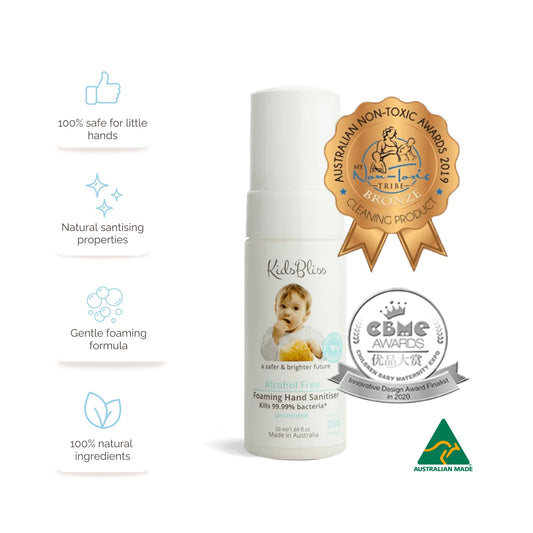
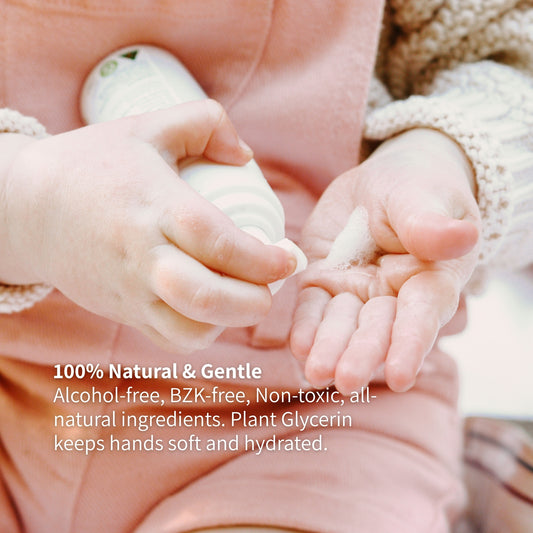
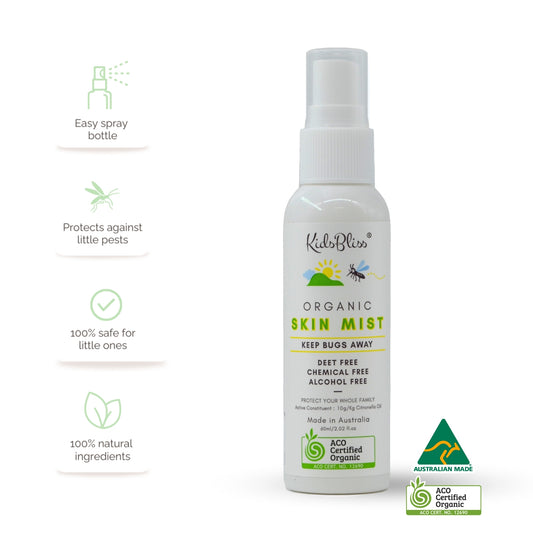
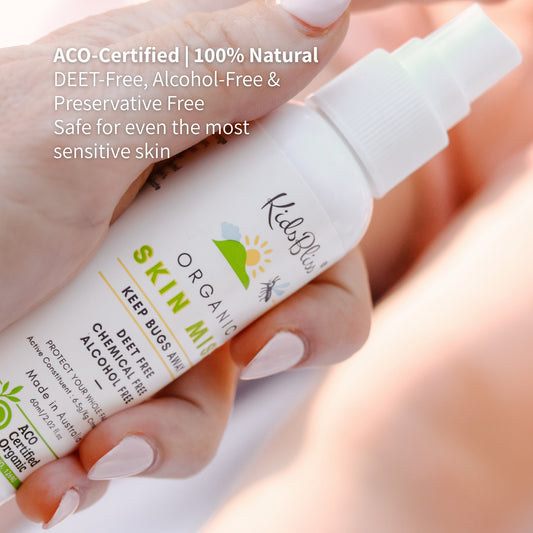
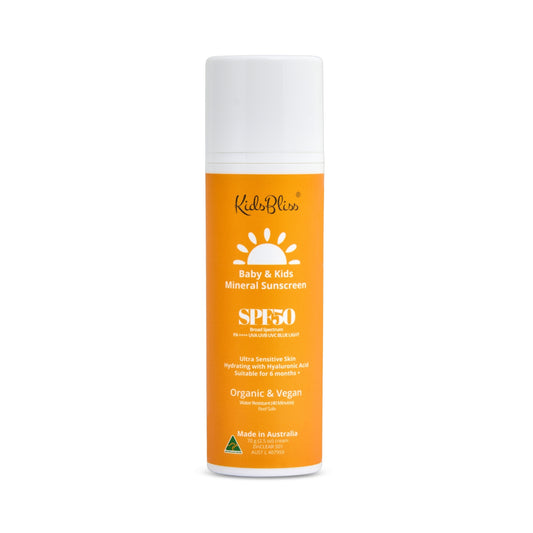
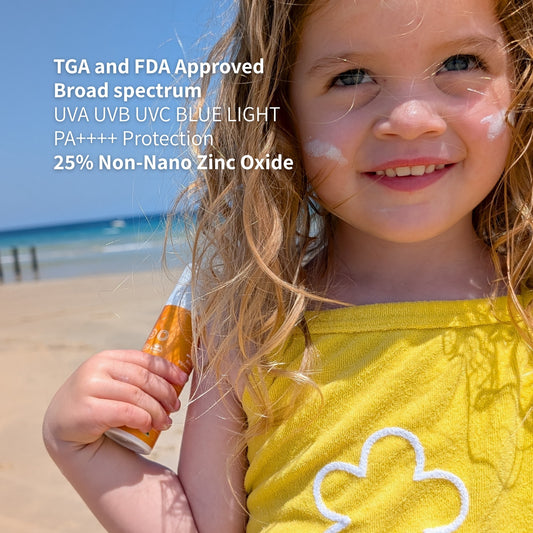
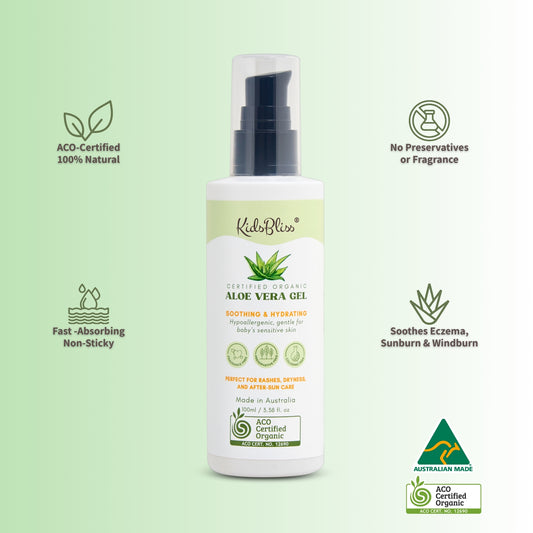
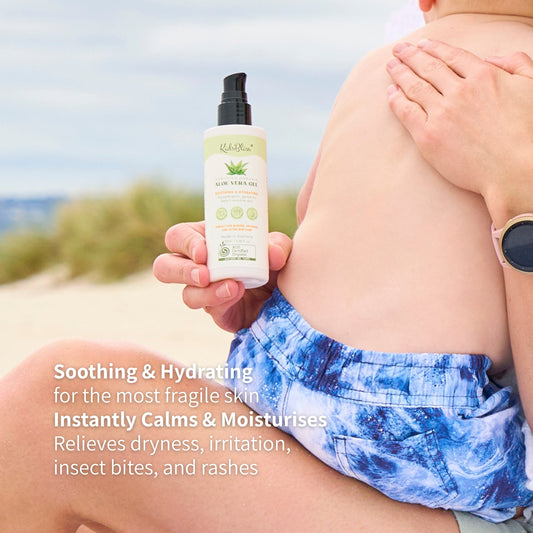
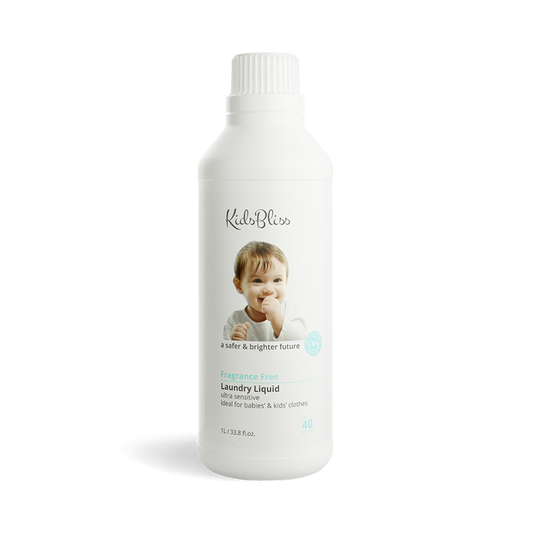
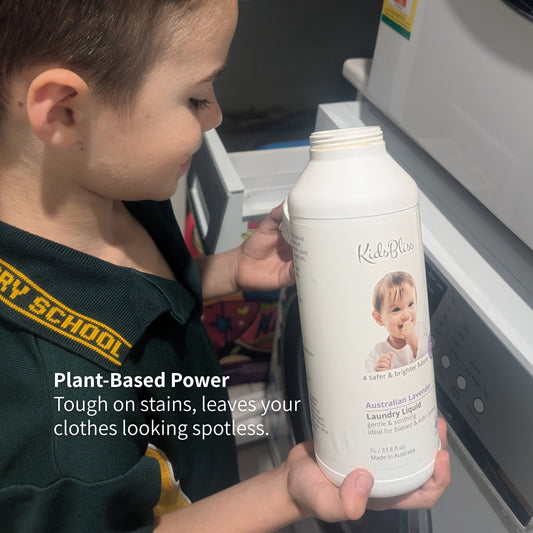
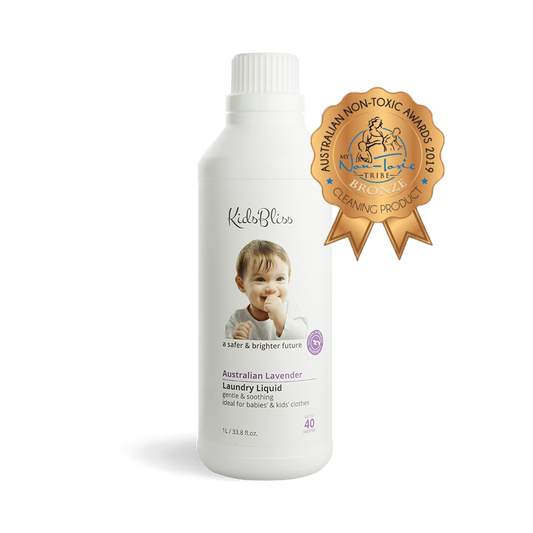
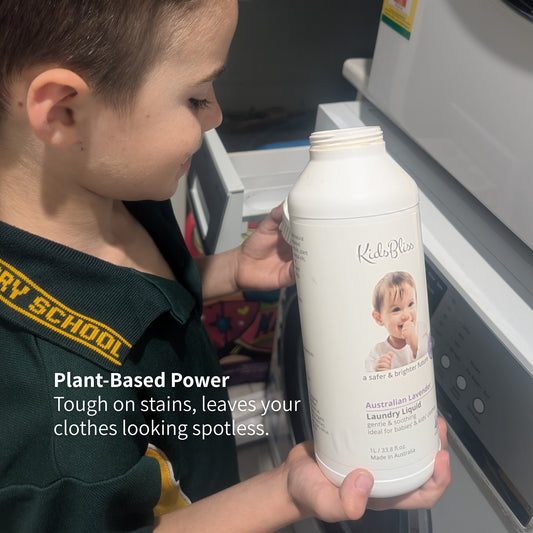
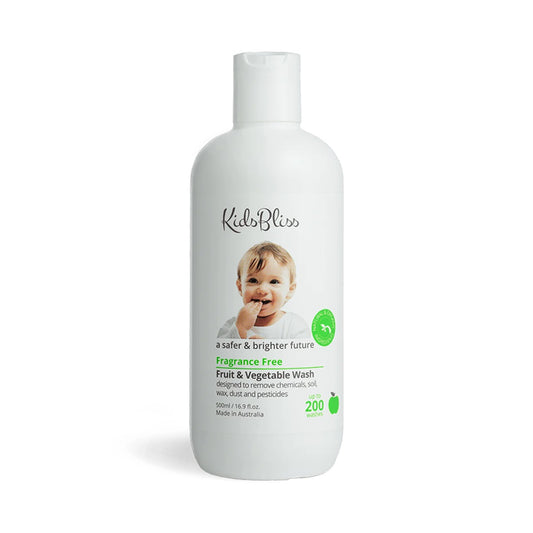
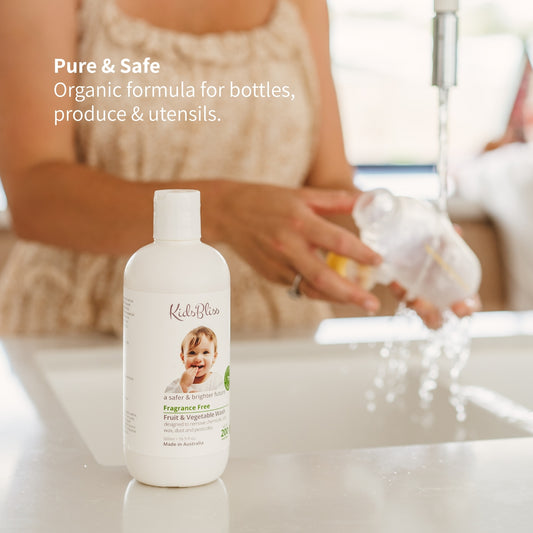
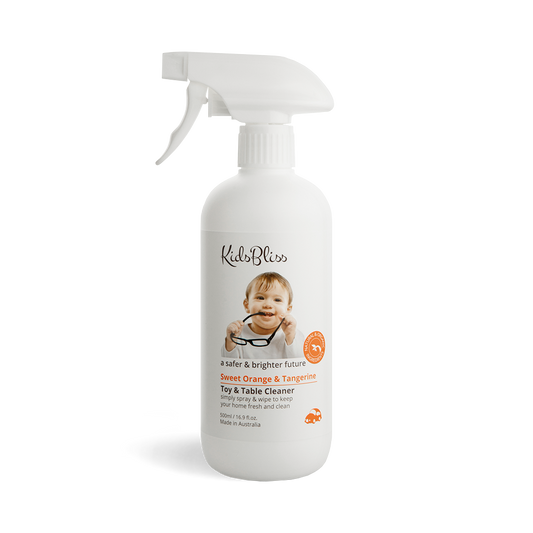
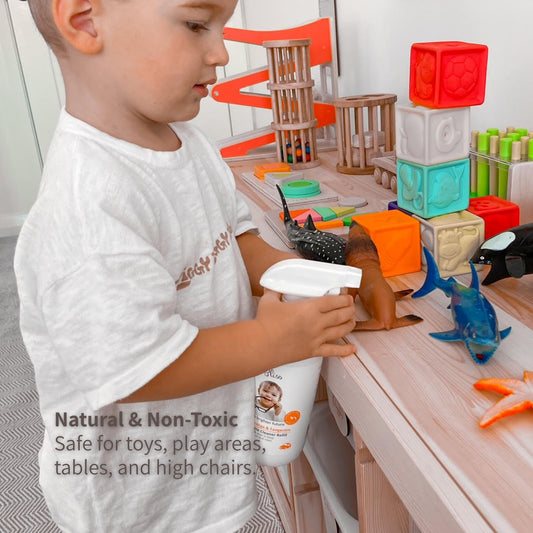
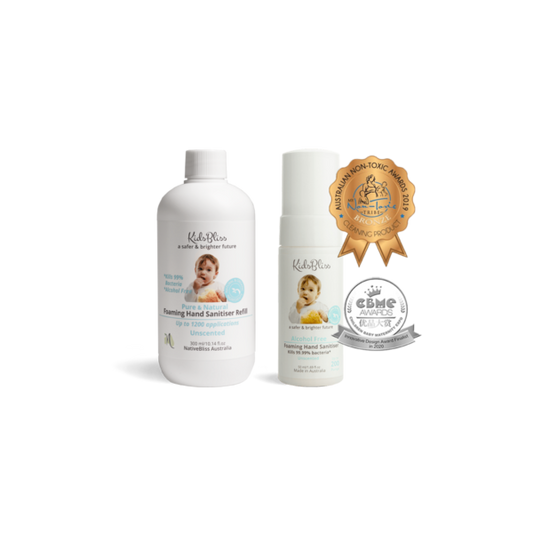
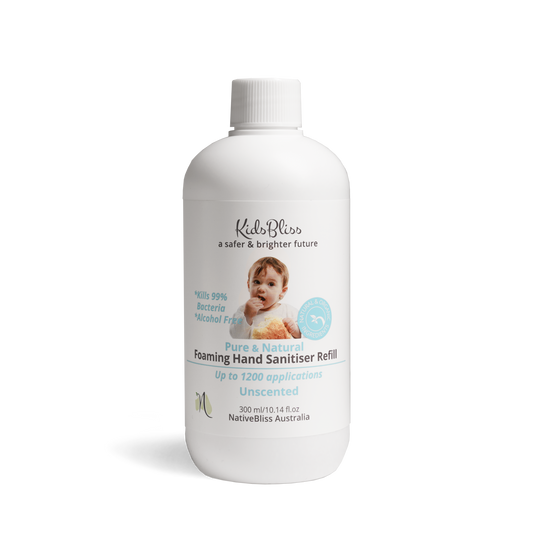
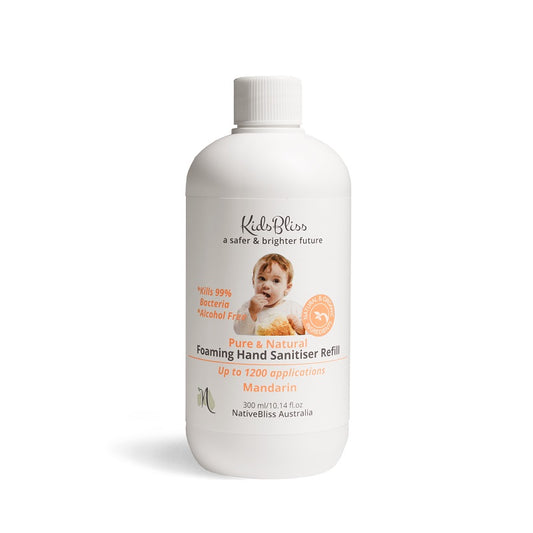
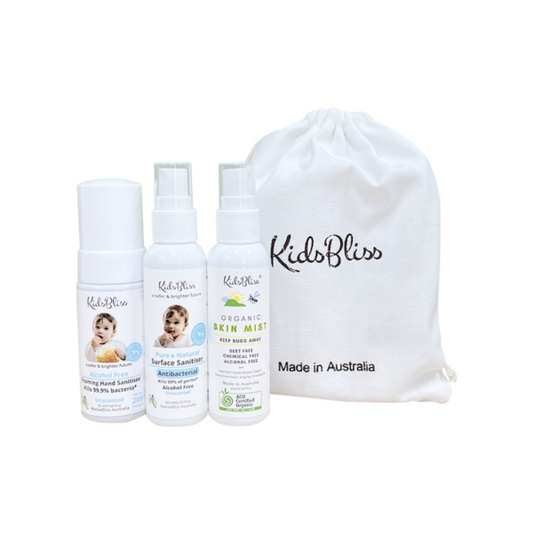

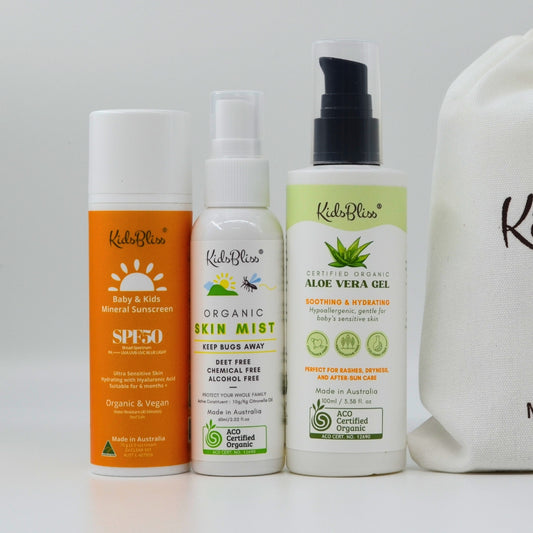

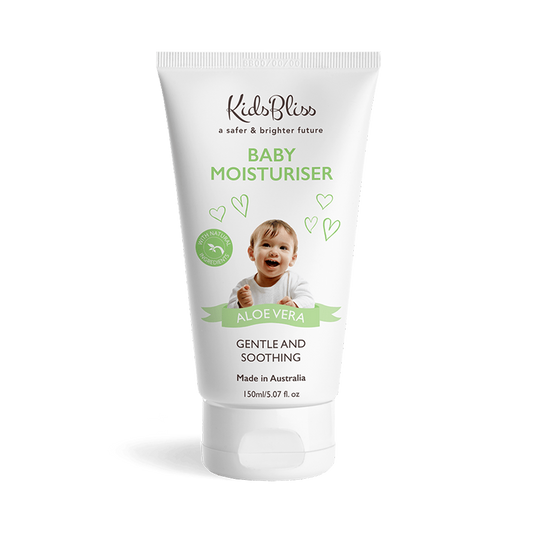
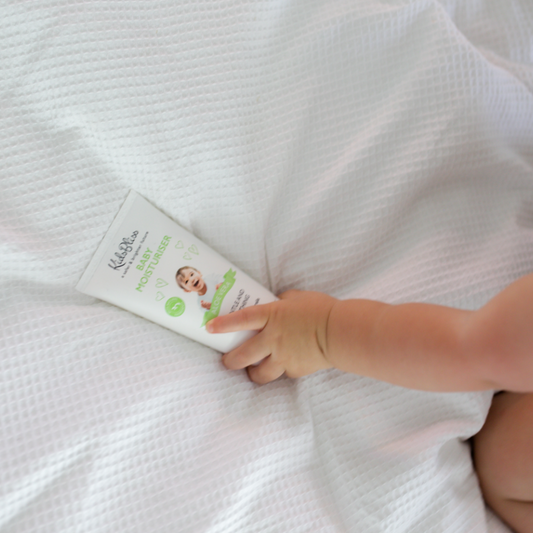
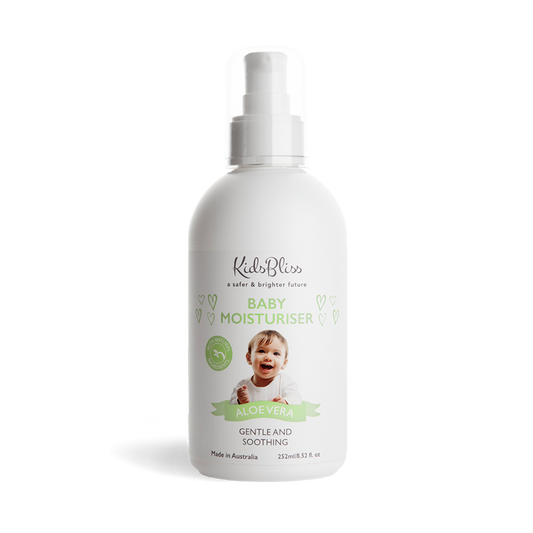
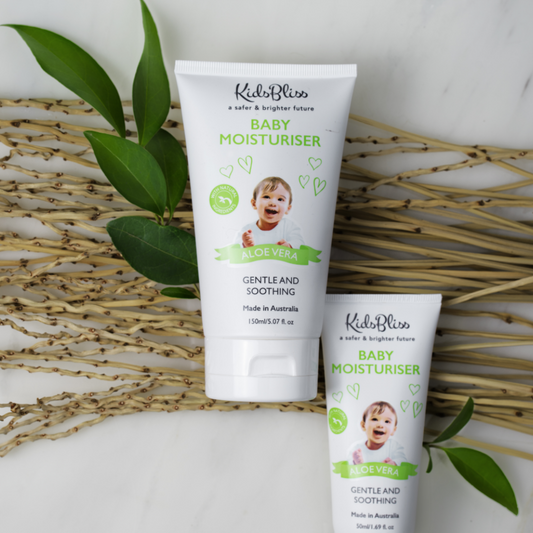
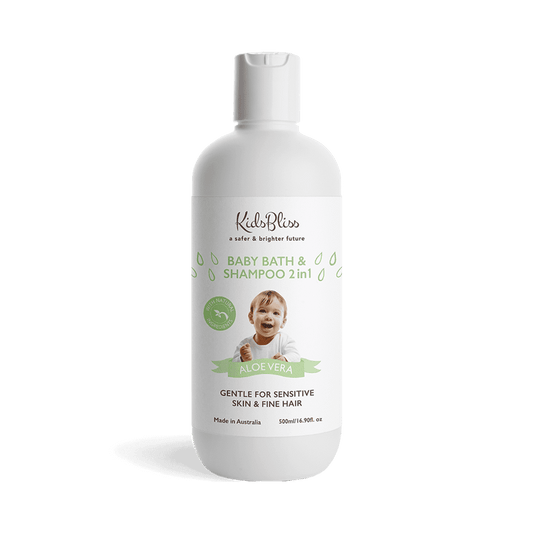
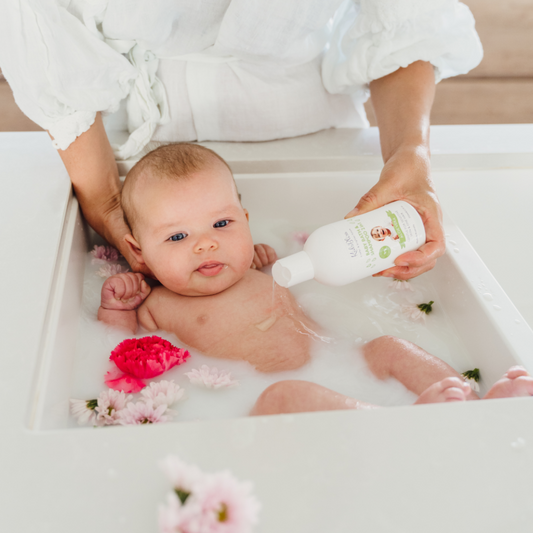
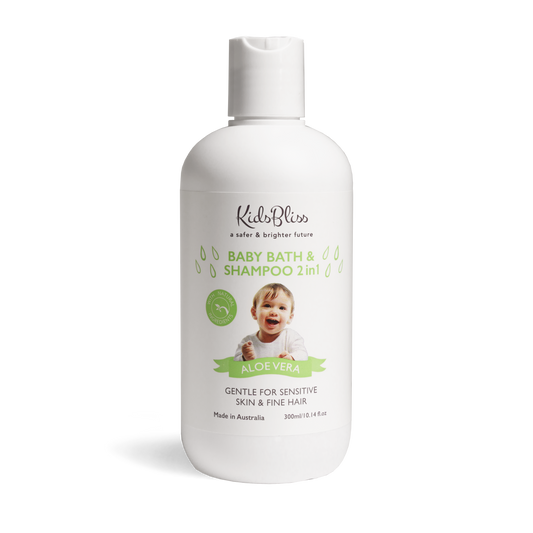
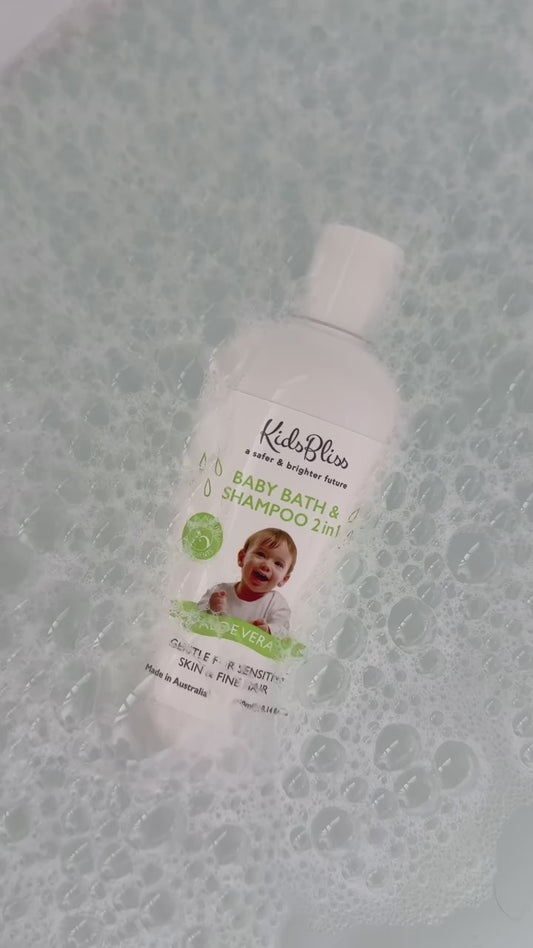

1 comment
ketamight.com